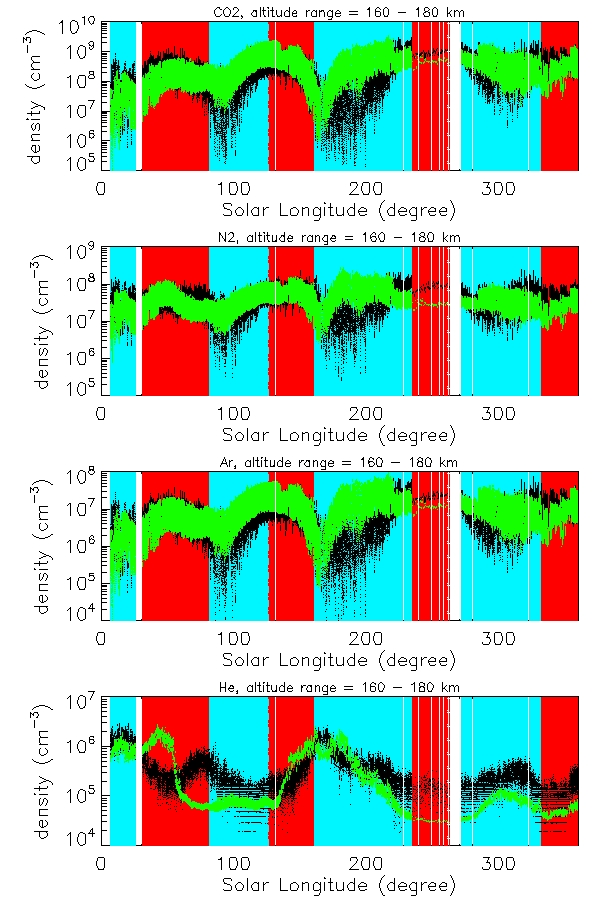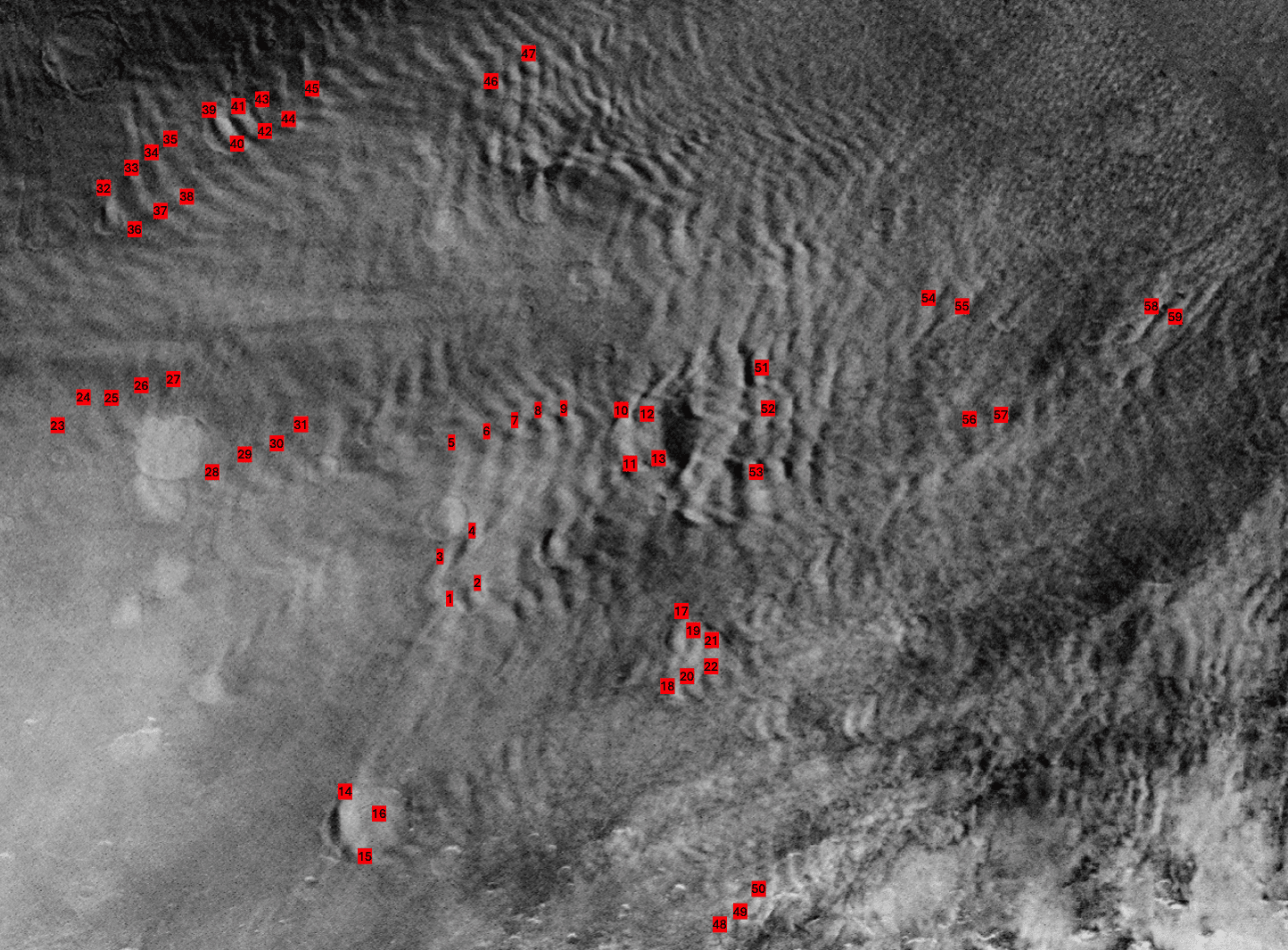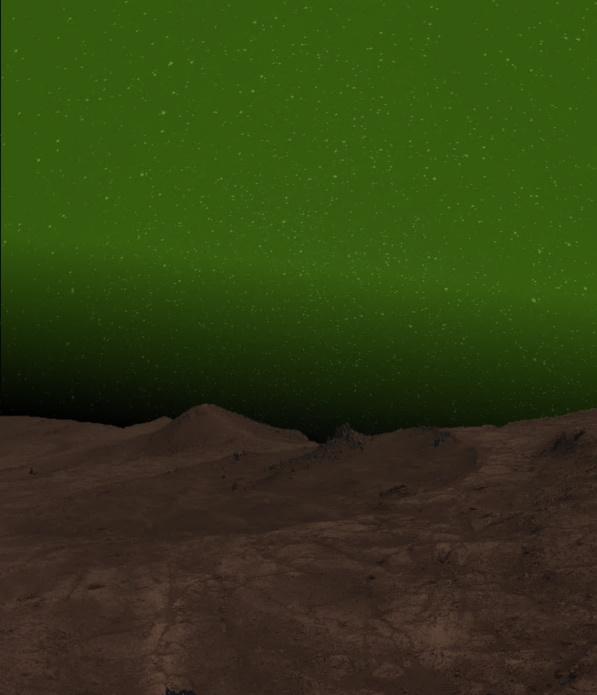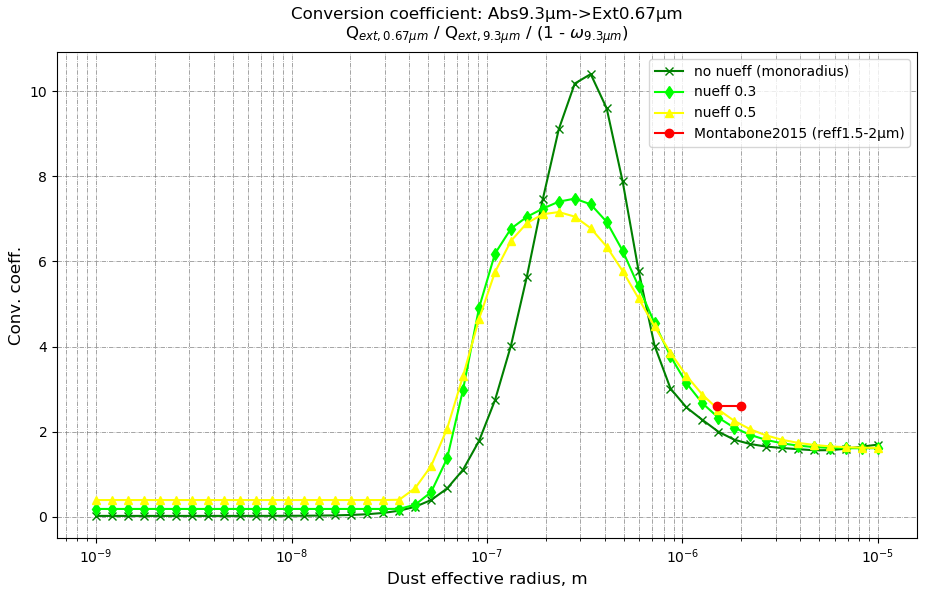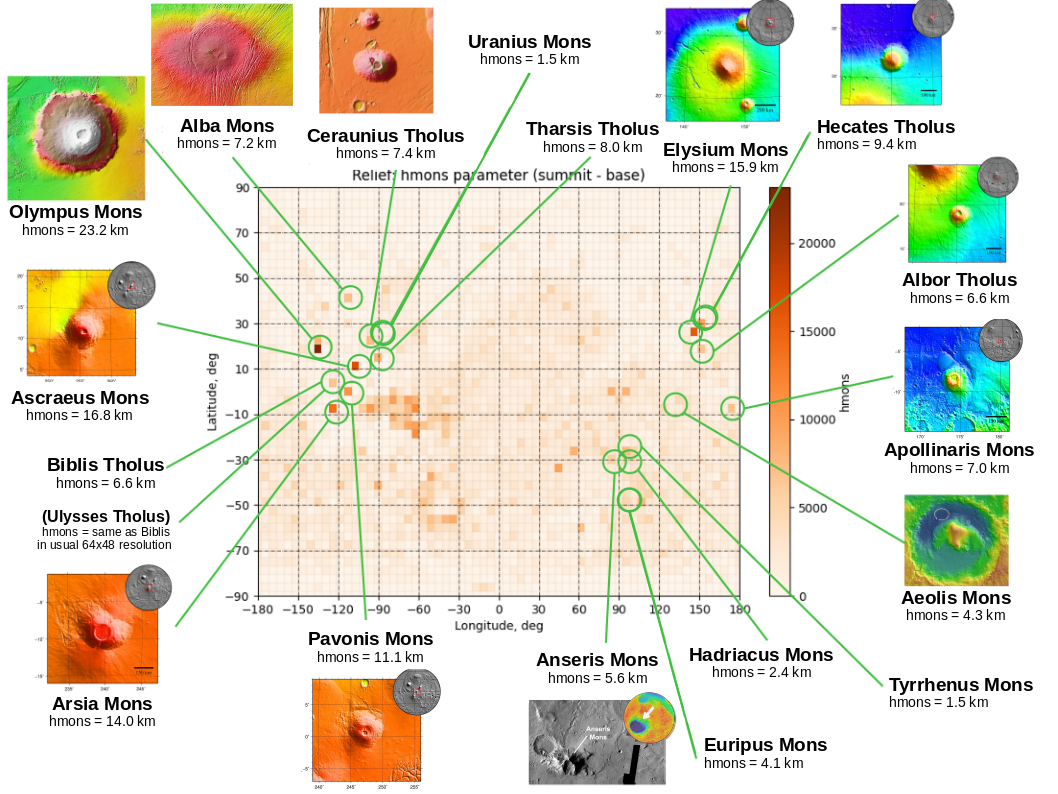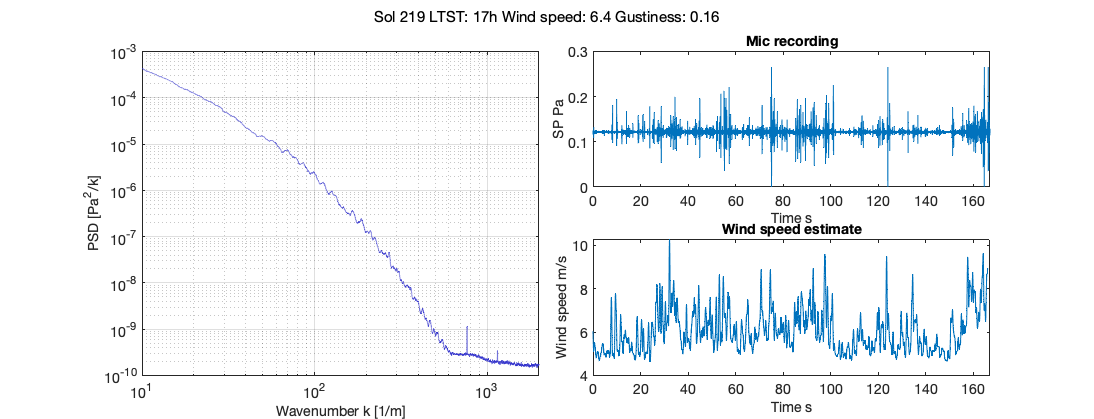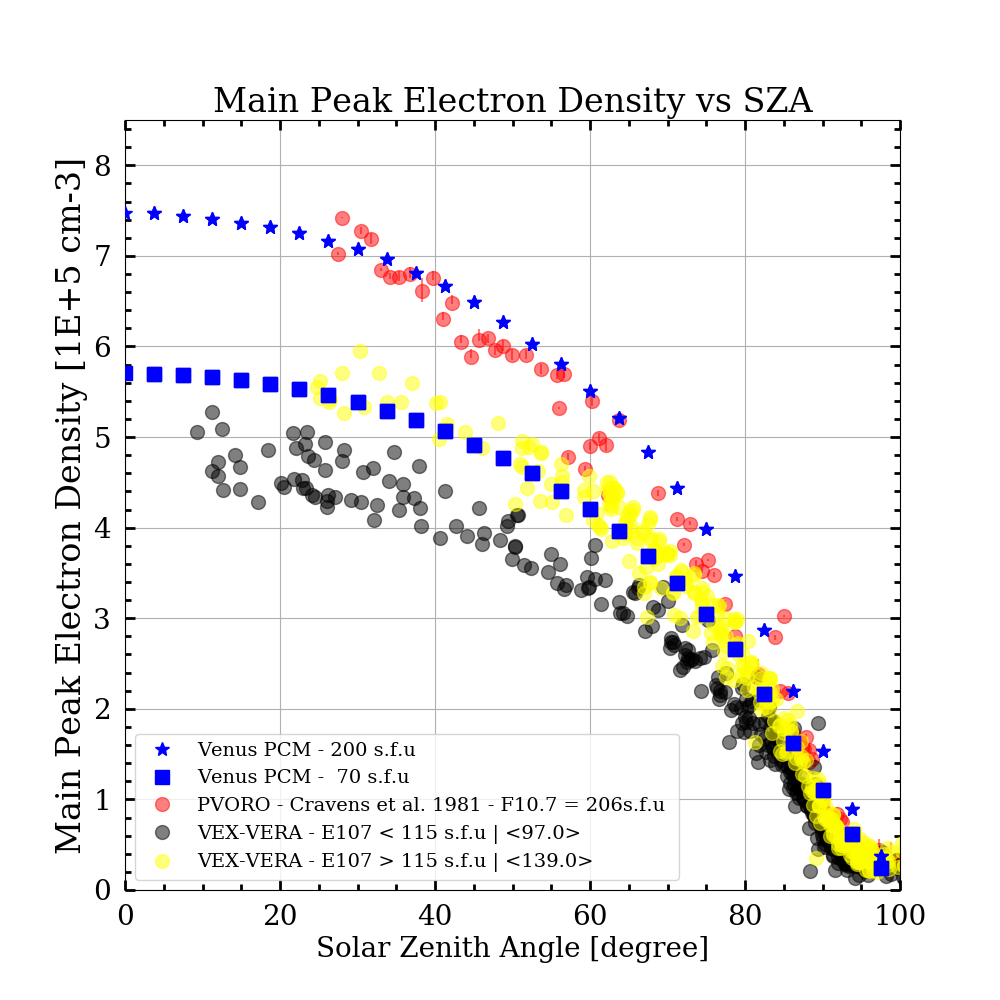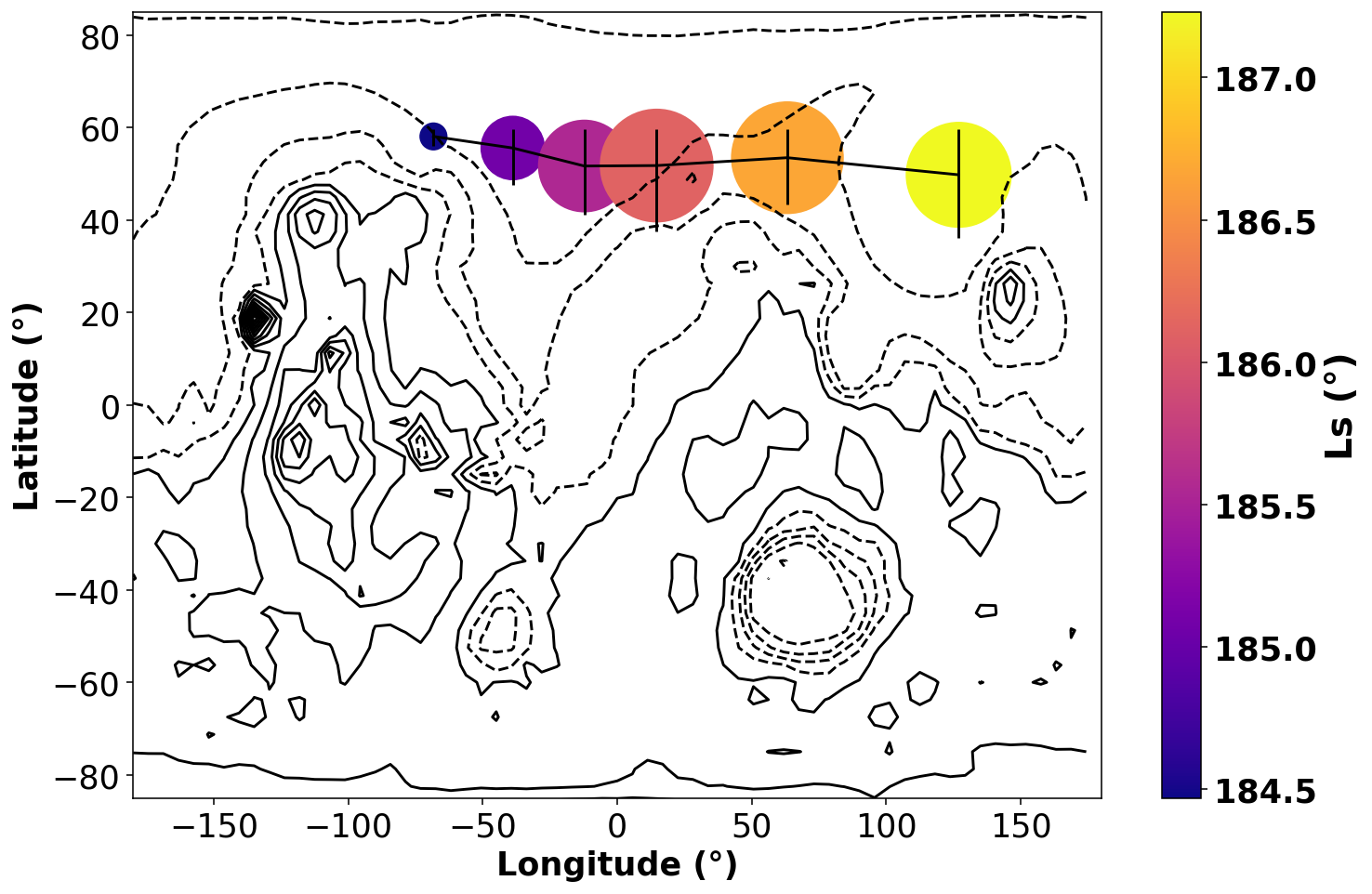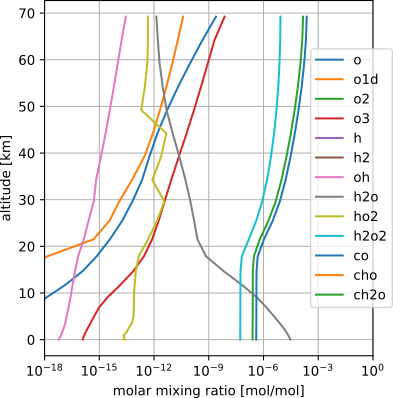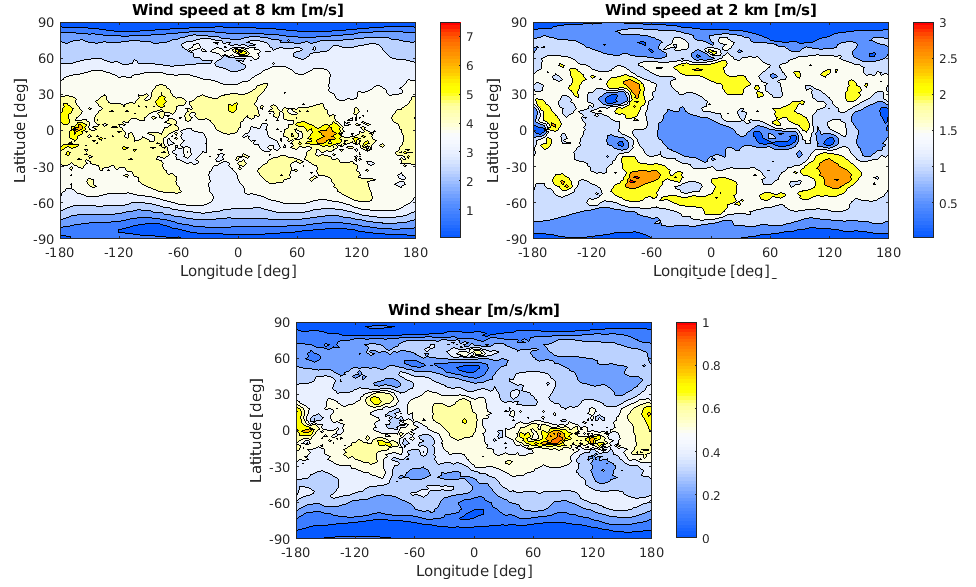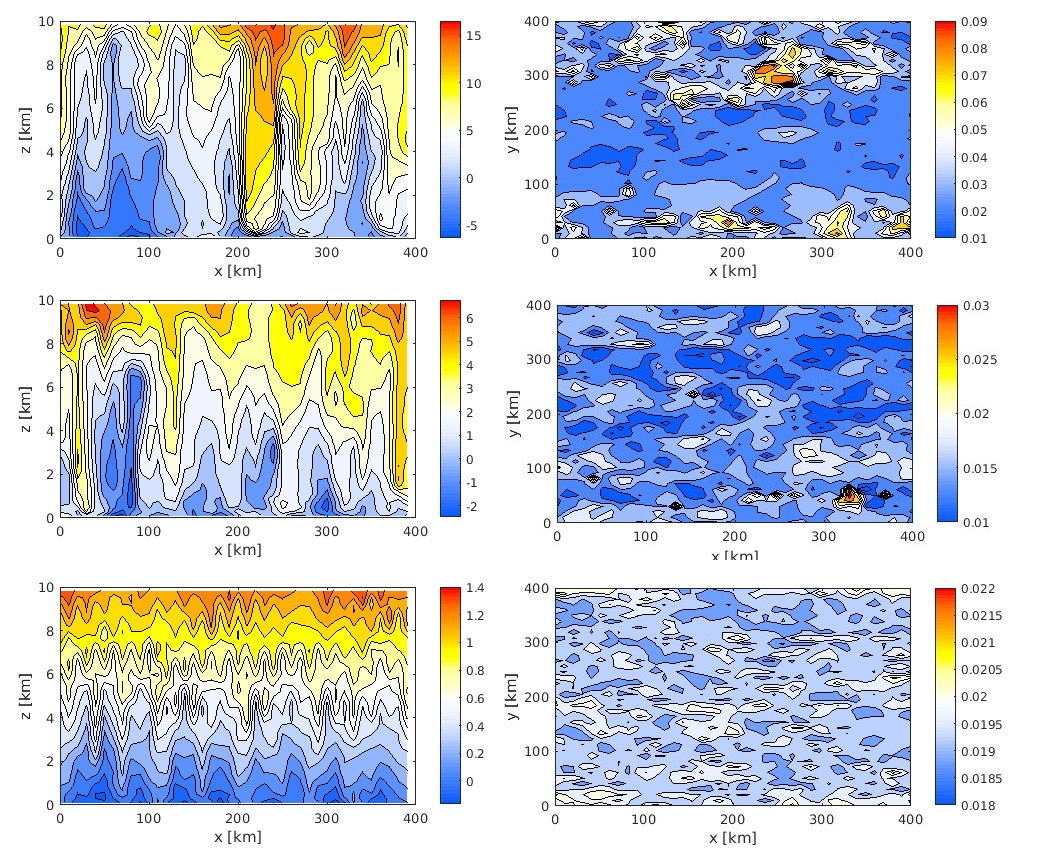While its primary objectives were to study the interior of Mars and its present day seismic activity, the InSight lander also carried several meteorological sensors (primarily needed to differentiate true seismic signals from those produced by wind or passing vortices, or as part of a heat flow experiment) as well as cameras which could be used to monitor atmospheric and surface changes [1-6]. Although power became increasingly limited due to dust build-up on the lander’s solar panels [7], InSight’s Pressure Sensor measured nearly continuously at up to 20Hz for ~1.25 Mars years, giving the highest frequency pressure dataset yet obtained on Mars [8,9]. The Temperature and Winds for InSight (TWINS) instrument consisted of two booms pointing in opposite directions (such that at least one sensor would measure winds from a given direction with minimal influence from lander hardware). Each boom measured air temperature and winds at 1Hz nearly continuously for over one Mars year [8,10]. The Heat Flow and Physical Properties Package (HP3) regularly measured the diurnal variation of surface temperature [11,12], while aeolian observations revealed that vortices rather than linear wind stress were associated with the majority of particle motion events [10,13]. We will provide an overview of InSight’s meteorological and aeolian datasets, and show how we are using them to validate the predictions of four global and four mesoscale atmospheric models of InSight’s landing site in Elysium Planitia. The models used include Aeolis Research’s multiscale MarsWRF model (run at global and mesoscales) [14,15], the Open University’s global Mars model (in the form of the OpenMars reanalysis dataset, produced via data assimilation) [16], the global Mars version of LMD’s Planetary Climate Model [17], LMD’s mesoscale Mars model [18], and the Belgian version of the MarsWRF global model [19]. This work goes beyond previous pre-landing multi-model intercomparison and prediction efforts [e.g., 14] by assessing the performance of models against data and attempting to understand the reasons for differences, with the dual goals of better understanding the causes of weather phenomena at InSight and of improving Mars atmospheric model predictions of the near-surface environment. This is vital not only for improving future landing site predictions (which are key to planning Entry-Descent-Landing and surface mission operations), including the expected dust clearing from solar panels [7,20], but also for Mars science in general, such as improving the prediction of near-surface wind and dust lifting globally in order to better simulate the martian dust cycle and dust storms [21].
[1] Banfield, D., Rodriguez-Manfredi, J.A., Russell, C.T. et al. InSight Auxiliary Payload Sensor Suite (APSS). Space Sci Rev 215, 4 (2019). https://doi.org/10.1007/s11214-018-0570-x
[2]Spiga, A., Banfield, D., Teanby, N.A. et al. Atmospheric Science with InSight. Space Sci Rev 214, 109 (2018). https://doi.org/10.1007/s11214-018-0543-0
[3] Murdoch, N., Kenda, B., Kawamura, T. et al. Estimations of the Seismic Pressure Noise on Mars Determined from Large Eddy Simulations and Demonstration of Pressure Decorrelation Techniques for the Insight Mission. Space Sci Rev 211, 457–483 (2017). https://doi.org/10.1007/s11214-017-0343-y
[4] Spohn, T., Grott, M., Smrekar, S.E. et al. The Heat Flow and Physical Properties Package (HP3) for the InSight Mission. Space Sci Rev 214, 96 (2018). https://doi.org/10.1007/s11214-018-0531-4
[5] Maki, J.N., Golombek, M., Deen, R. et al. The Color Cameras on the InSight Lander. Space Sci Rev 214, 105 (2018). https://doi.org/10.1007/s11214-018-0536-z
[6] Golombek, M., Grott, M., Kargl, G. et al. Geology and Physical Properties Investigations by the InSight Lander. Space Sci Rev 214, 84 (2018). https://doi.org/10.1007/s11214-018-0512-7
[7] Golombek, M., Hudson, T., Bailey, P. et al. Results from InSight Robotic Arm Activities. Space Sci Rev 219, 20 (2023). https://doi.org/10.1007/s11214-023-00964-0
[8] Banfield, D., Spiga, A., Newman, C. et al. The atmosphere of Mars as observed by InSight. Nat. Geosci. 13, 190–198 (2020). https://doi.org/10.1038/s41561-020-0534-0
[9] Chatain, A., Spiga, A., Banfield, D., Forget, F., & Murdoch, N. (2021). Seasonal variability of the daytime and nighttime atmospheric turbulence experienced by InSight on Mars. Geophysical Research Letters, 48, e2021GL095453. https://doi.org/10.1029/2021GL095453
[10] Baker, M., Newman, C., Charalambous, et al. (2021). Vortex-dominated aeolian activity at InSight's landing site, Part 2: Local meteorology, transport dynamics, and model analysis. Journal of Geophysical Research: Planets, 126, e2020JE006514. https://doi.org/10.1029/2020JE006514
[11] Mueller, N. T., Knollenberg, J., Grott, et al. (2020). Calibration of the HP3 radiometer on InSight. Earth and Space Science, 7, e2020EA001086. https://doi.org/10.1029/2020EA001086
[12] Spohn, T., Krause, C., Golombeck, M. et al. (2024). Mars Soil Temperature and Thermal Properties from InSight HP^3 Data. ESS Open Archive .
https://doi.org/10.22541/essoar.170688827.75469589/v1
[13] Charalambous, C., McClean, J. B., Baker, M., et al. (2021). Vortex-dominated aeolian activity at InSight's landing site, Part 1: Multi-instrument observations, analysis, and implications. Journal of Geophysical Research: Planets, 126, e2020JE006757. https://doi.org/10.1029/2020JE006757
[14] Newman, C.E., M. de la Torre Juárez, J. Pla-García, et al. (2021). Multi-model Meteorological and Aeolian Predictions for Mars 2020 and the Jezero Crater Region, Space Sci. Rev., 217 (20), https://doi.org/10.1007/s11214-020-00788-2
[15] Newman, C.E., Hueso, R., Lemmon, M., et al. (2022). The dynamic atmospheric and aeolian environment of Jezero crater, Mars, Sci Adv., 8 (21), eabn3783, https://doi.org/10.1126/sciadv.abn3783
[16] Holmes, J.A., Lewis, S.R., and Patel, M.R. (2020). OpenMARS: A global record of martian weather from 1999 to 2015, Planetary and Space Science (188), 104962, https://doi.org/10.1016/j.pss.2020.104962
[17] Lange, L., Forget, F., Banfield, D., et al. (2022). Insight pressure data recalibration, and its application to the study of long-term pressure changes on Mars. Journal of Geophysical Research: Planets, 127, e2022JE007190. https://doi.org/10.1029/2022JE007190
[18] Spiga, A., Forget, F., Madeleine, J.-B., et al. (2011). The impact of martian mesoscale winds on surface temperature and on the determination of thermal inertia, Icarus, 212 (2), 504-519, https://doi.org/10.1016/j.icarus.2011.02.001
[19] Temel, O., Senel, C.B., Porchetta, S., et al. (2021). Large eddy simulations of the Martian convective boundary layer: Towards developing a new planetary boundary layer scheme, Atmospheric Research, 250, 105381, https://doi.org/10.1016/j.atmosres.2020.105381
[20] Lorenz, R. D., Lemmon, M. T., Maki, et al. (2020). Scientific observations with the InSight solar arrays: Dust, clouds, and eclipses on Mars. Earth and Space Science, 7, e2019EA000992. https://doi.org/10.1029/2019EA000992
[21] Newman, C.E., Bertrand, T., Battalio, J.M., et al. (2021). Toward More Realistic Simulation and Prediction of Dust Storms on Mars, Bulletin of the AAS, 53 (4), https://doi.org/10.3847/25c2cfeb.726b0b65
